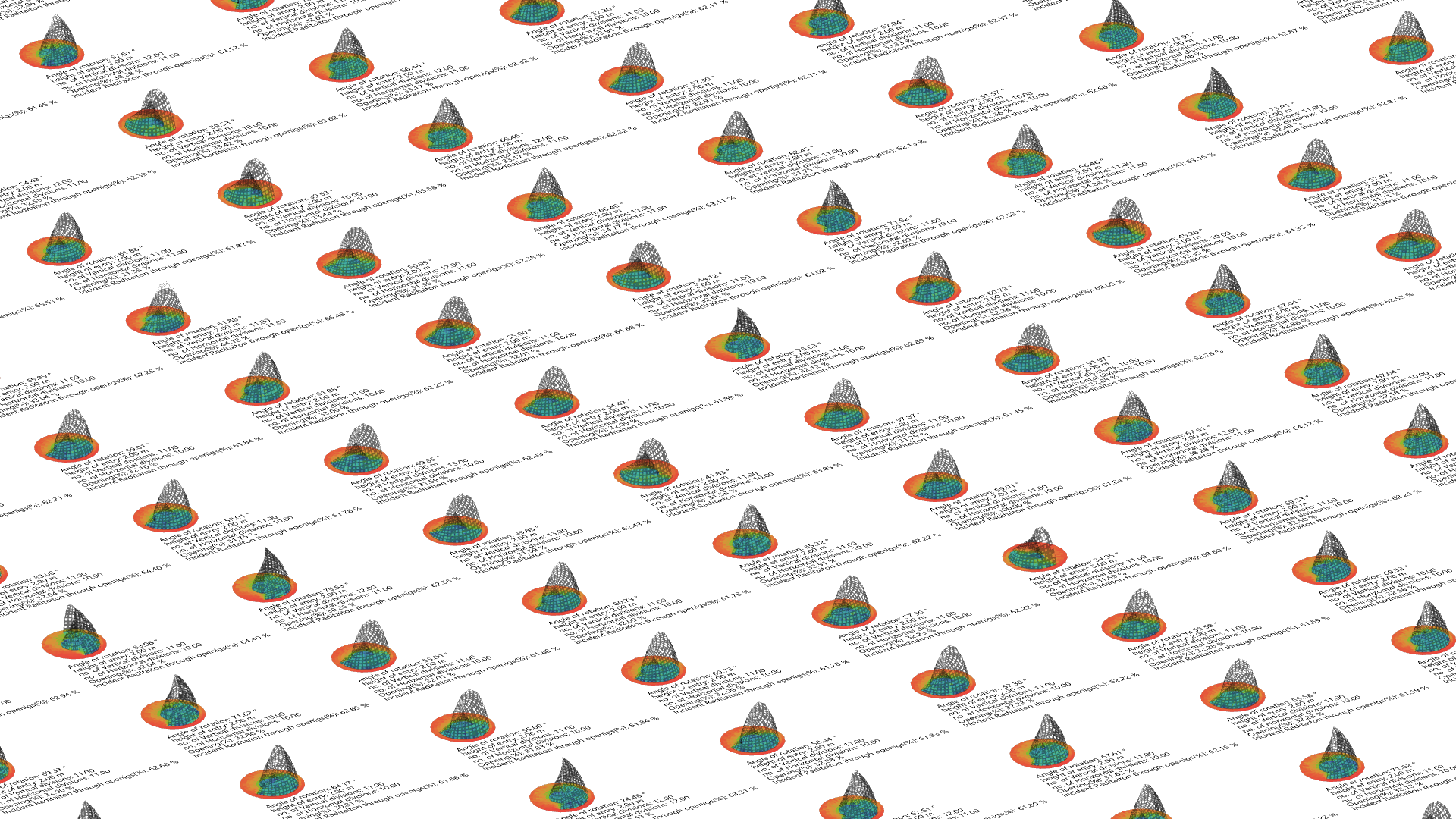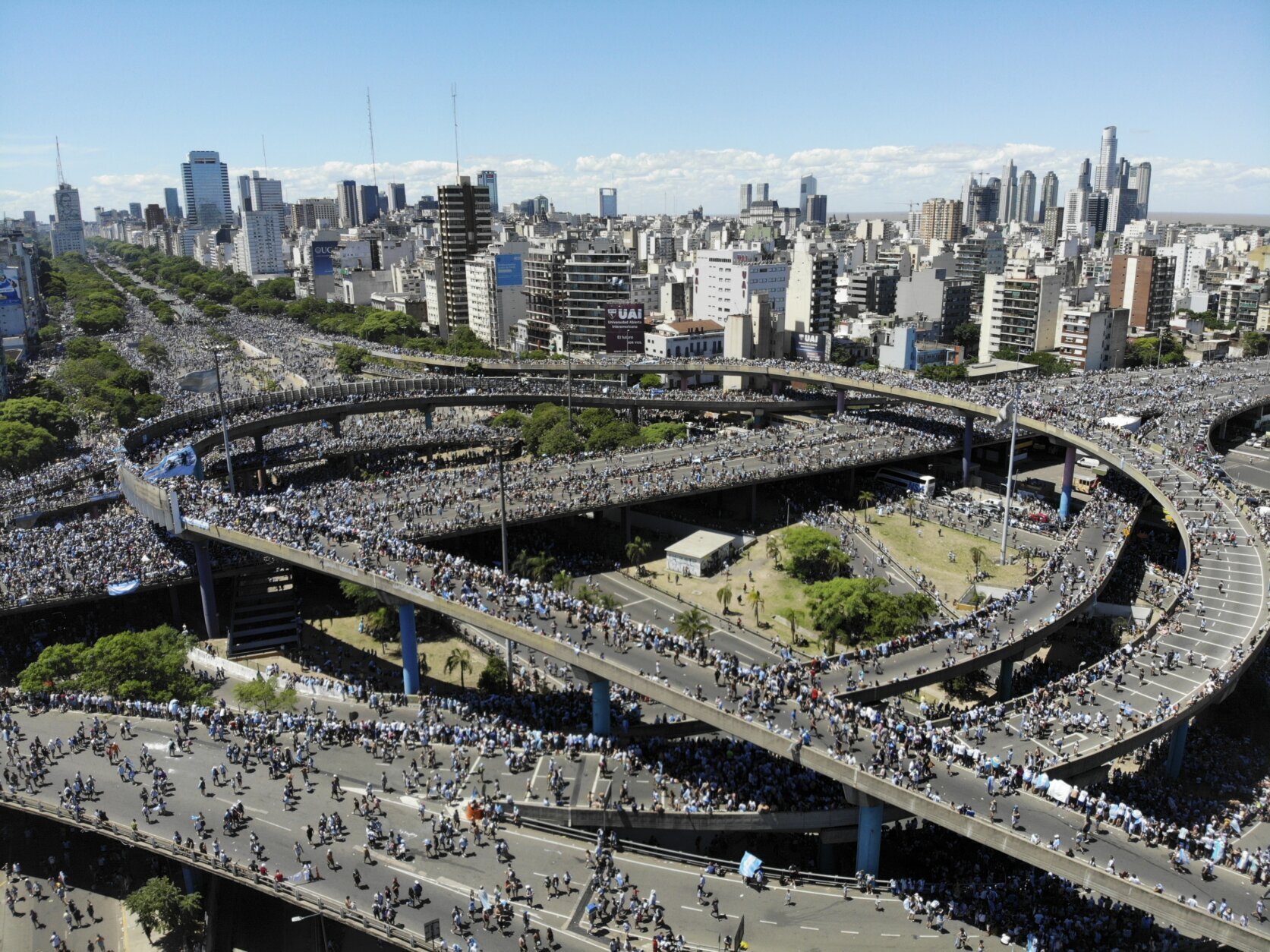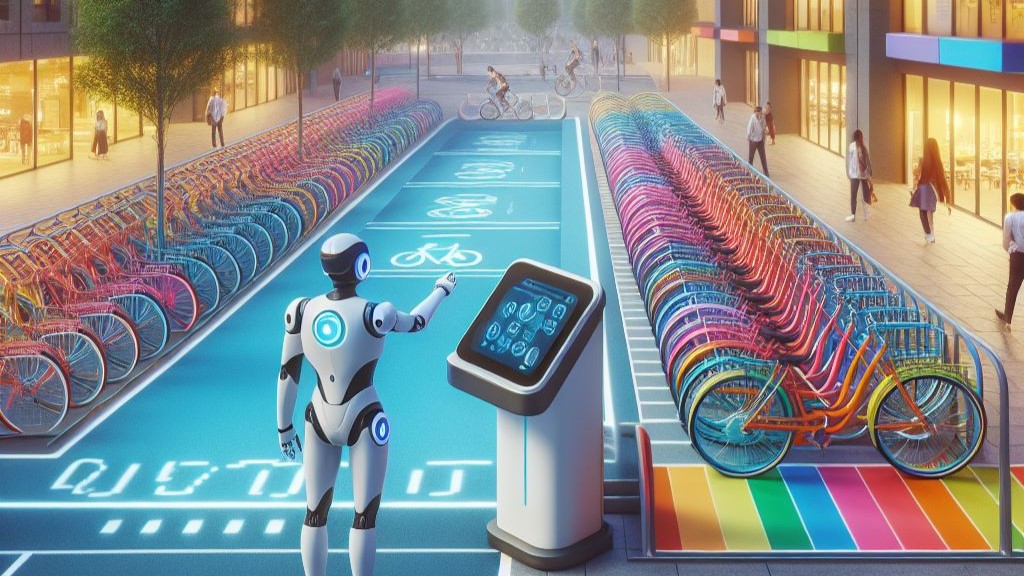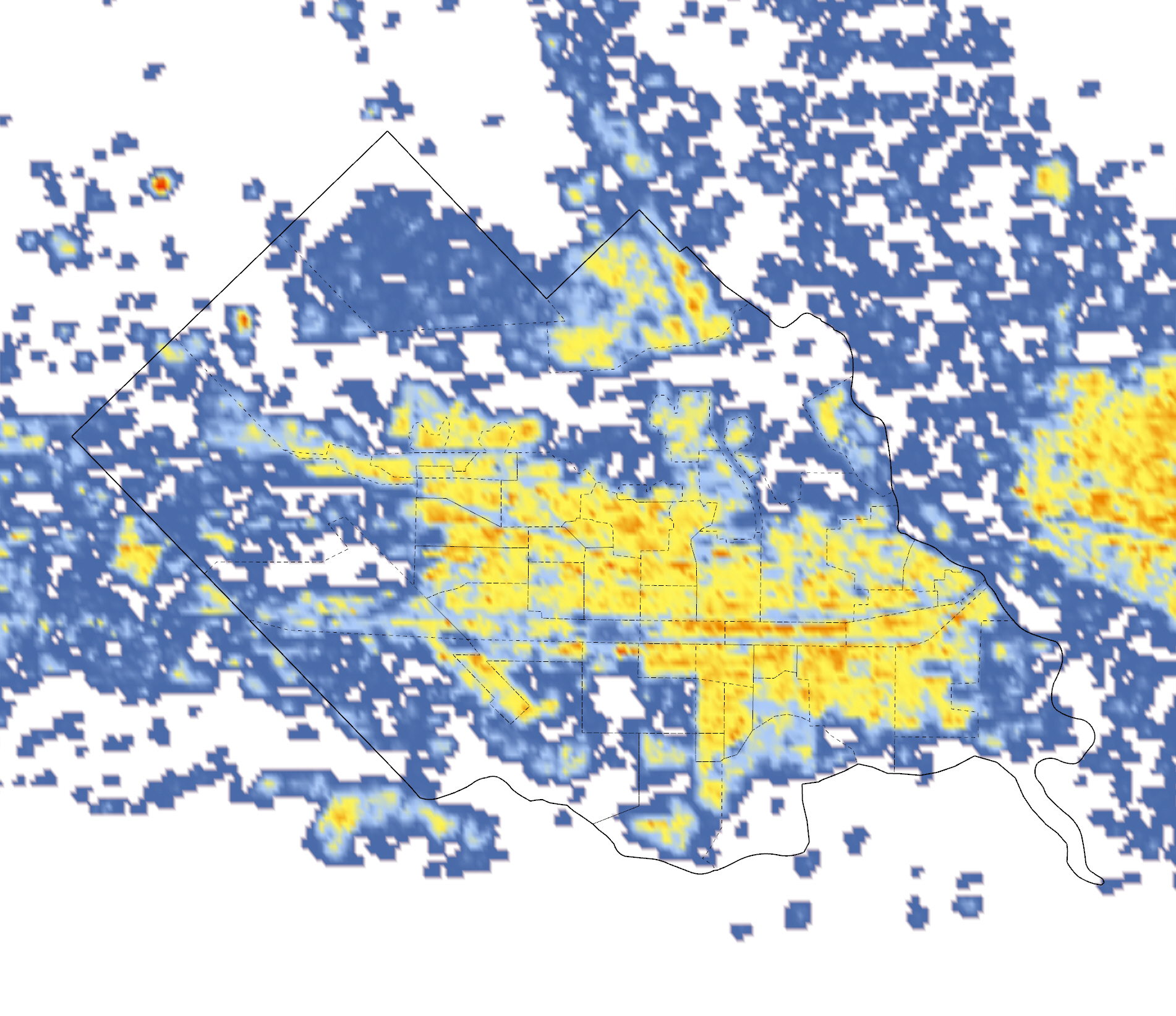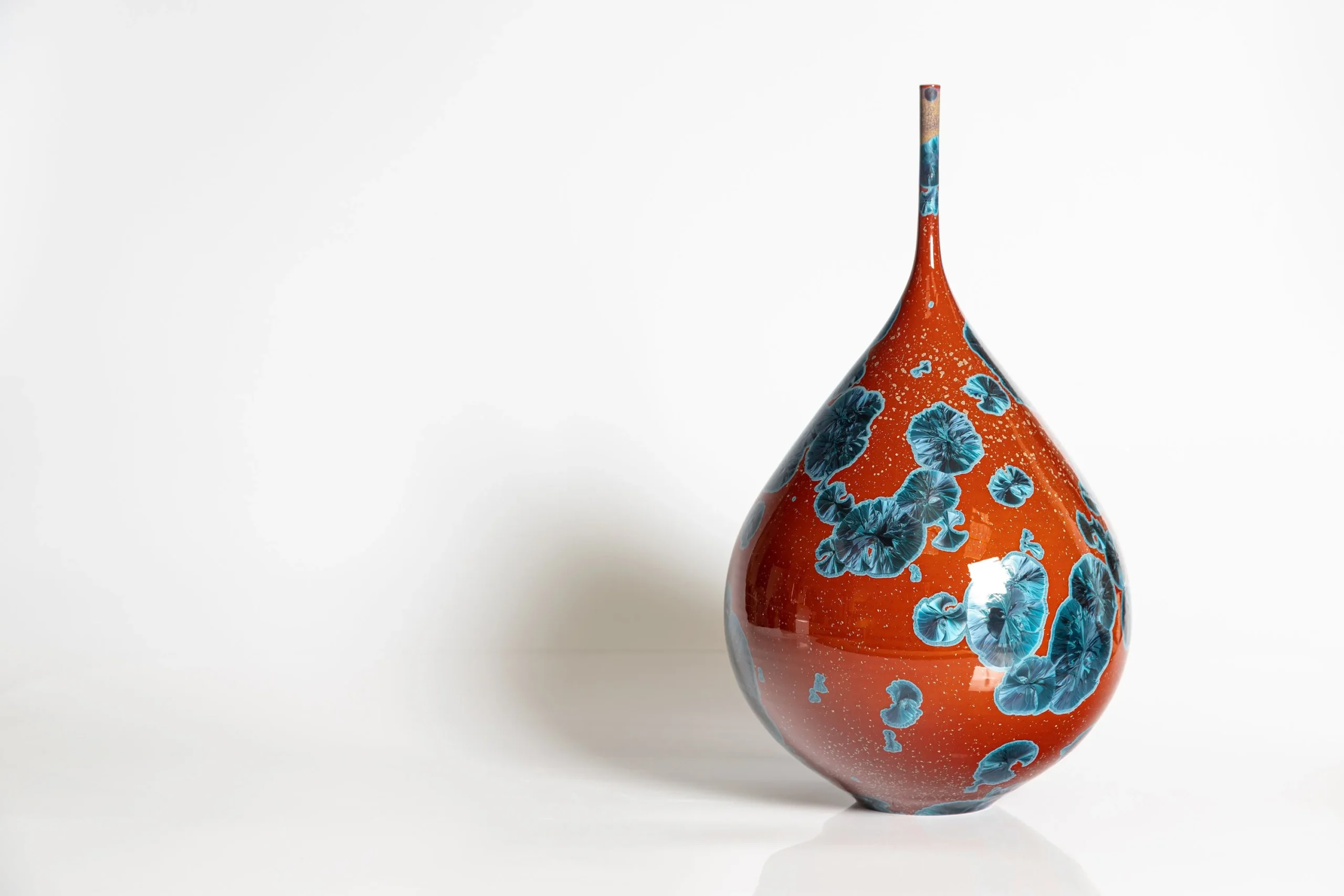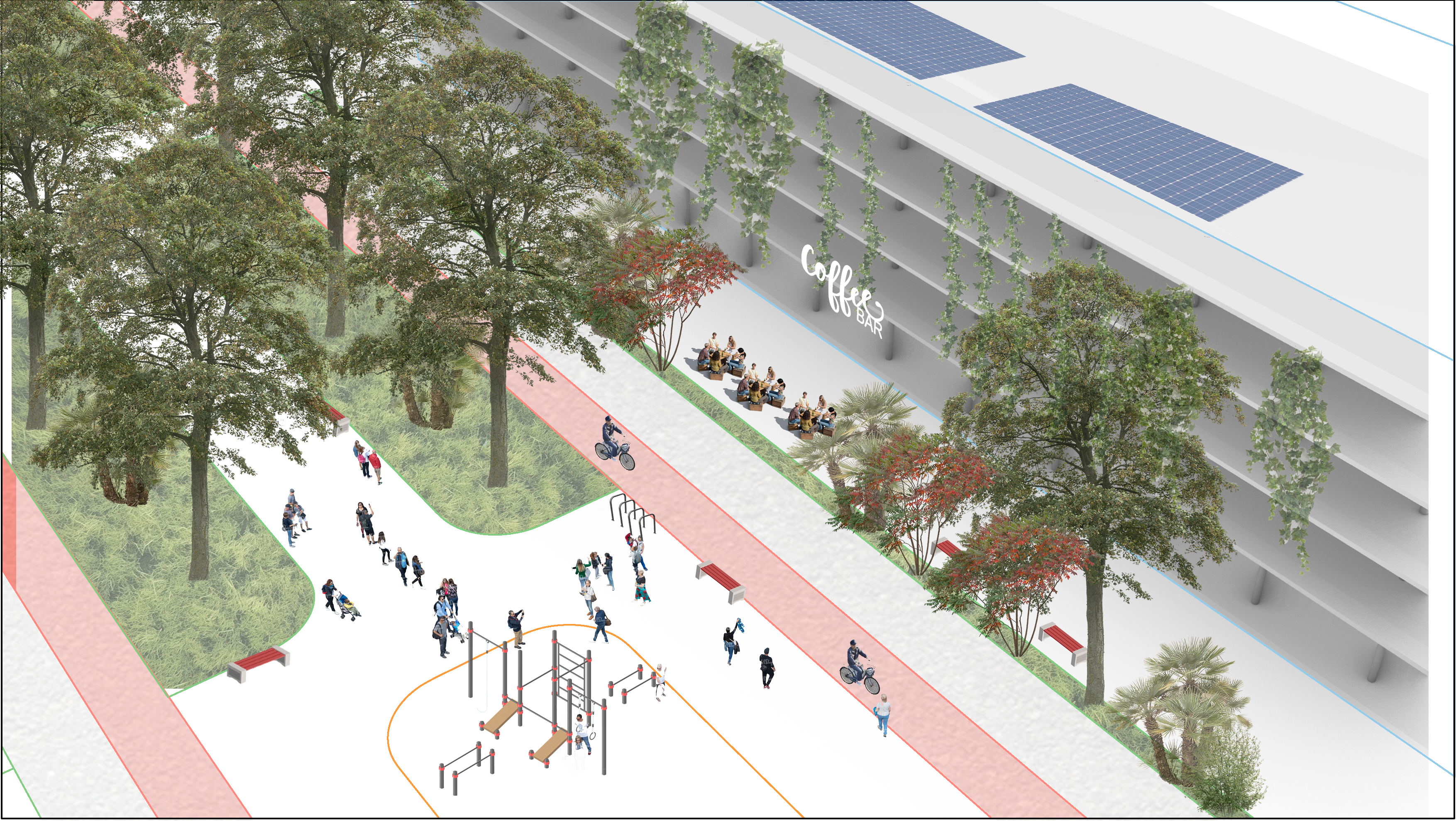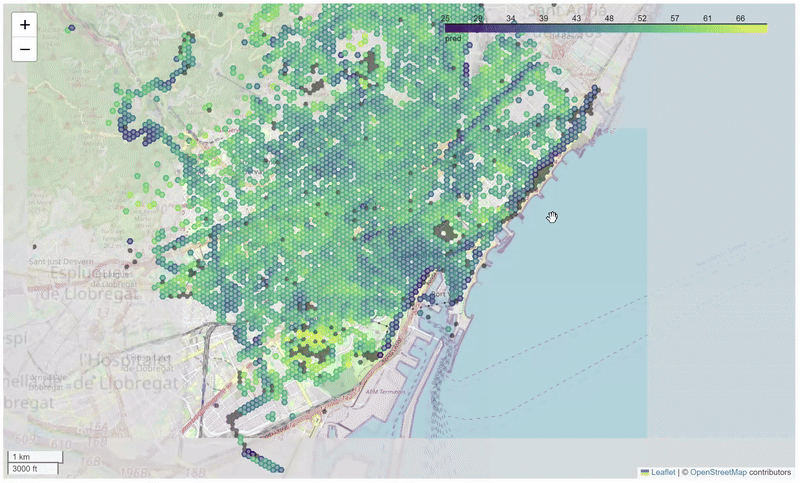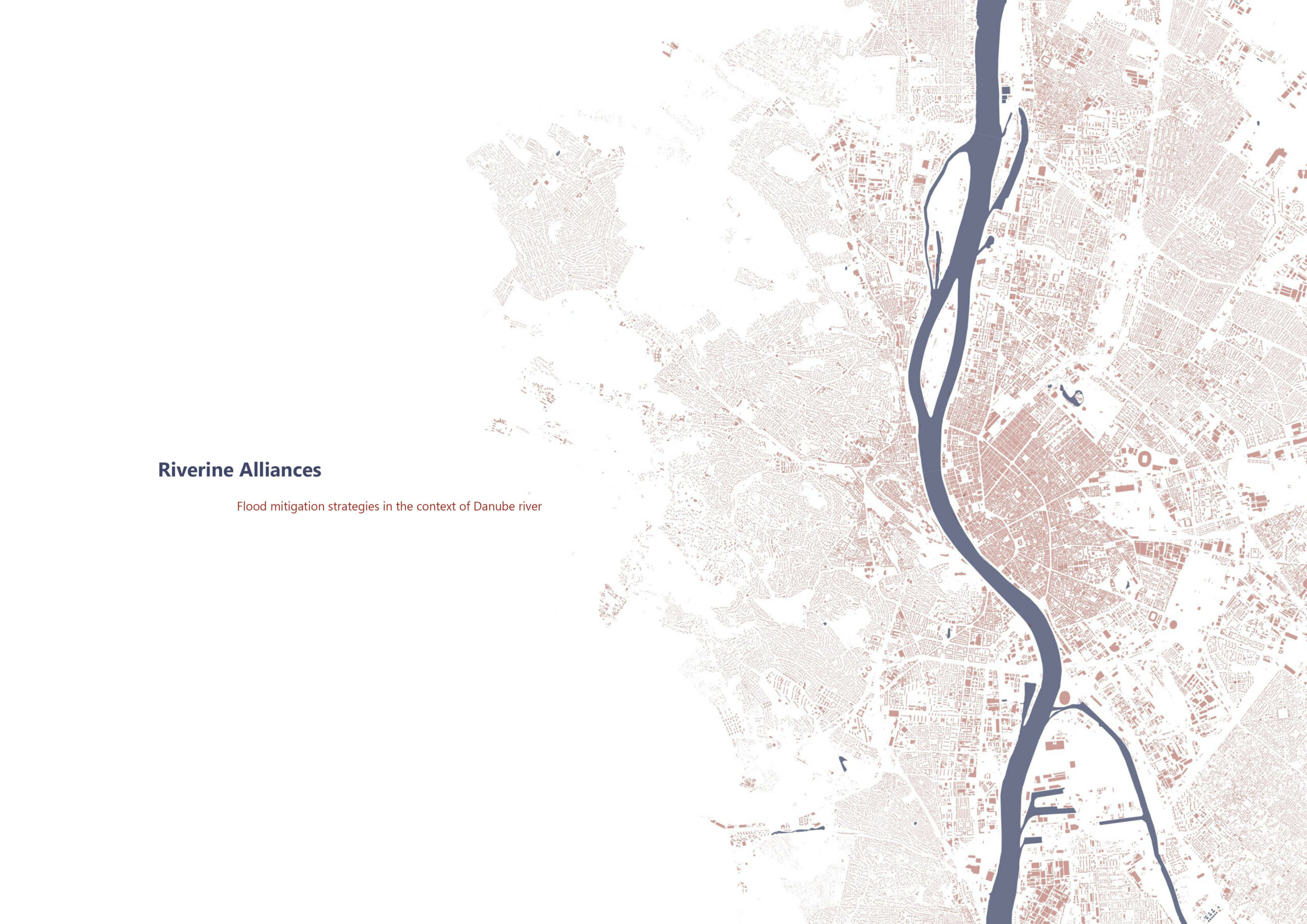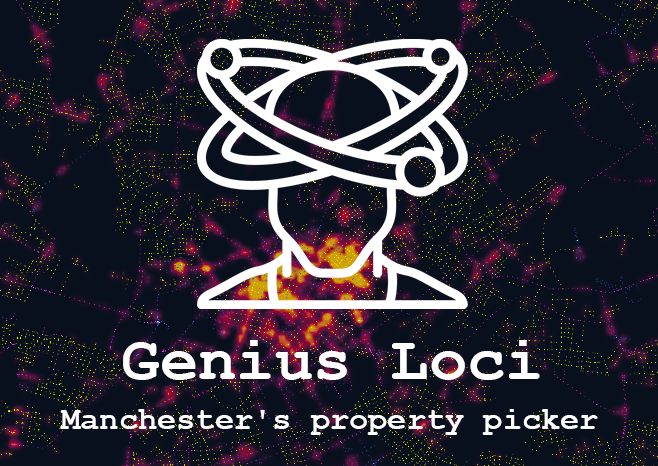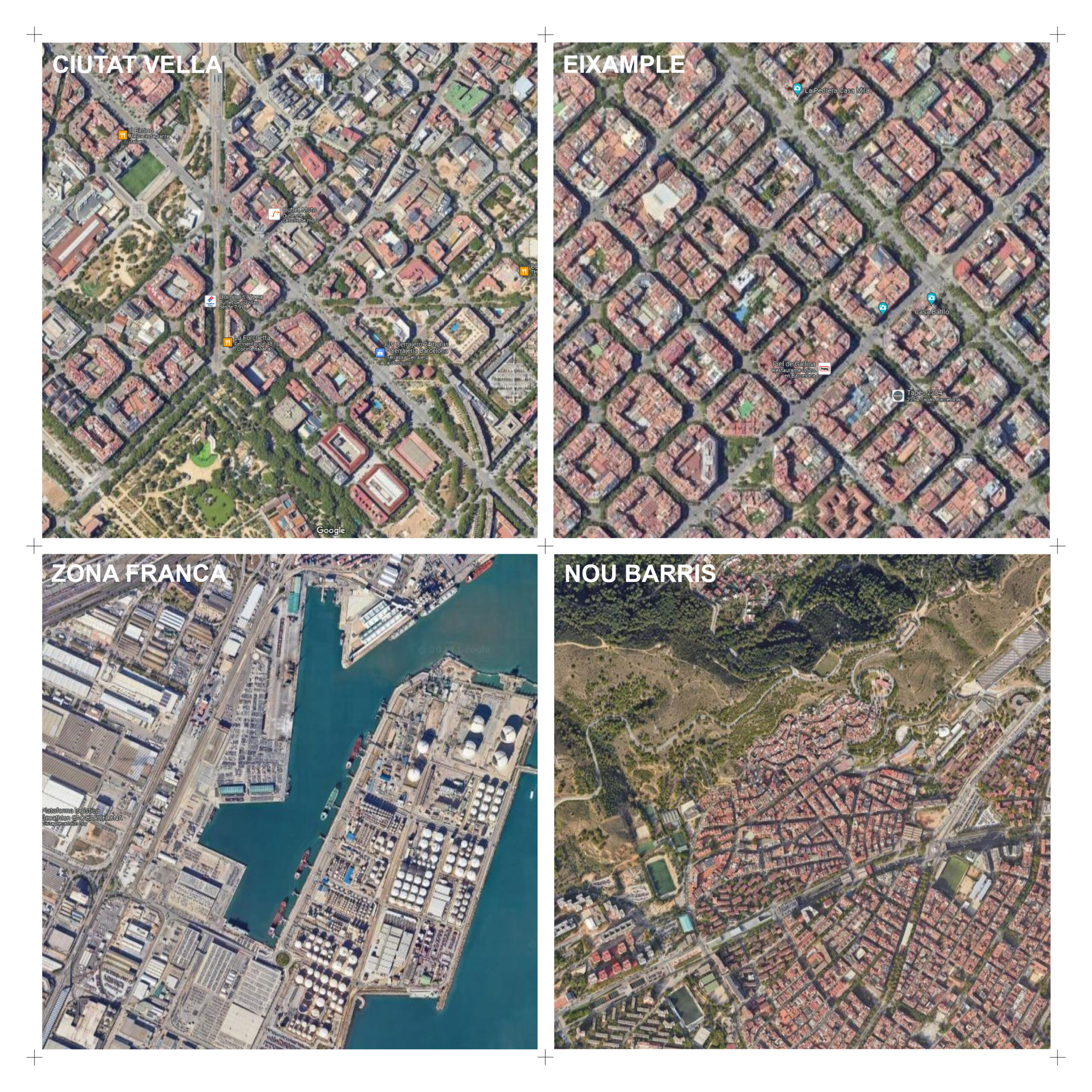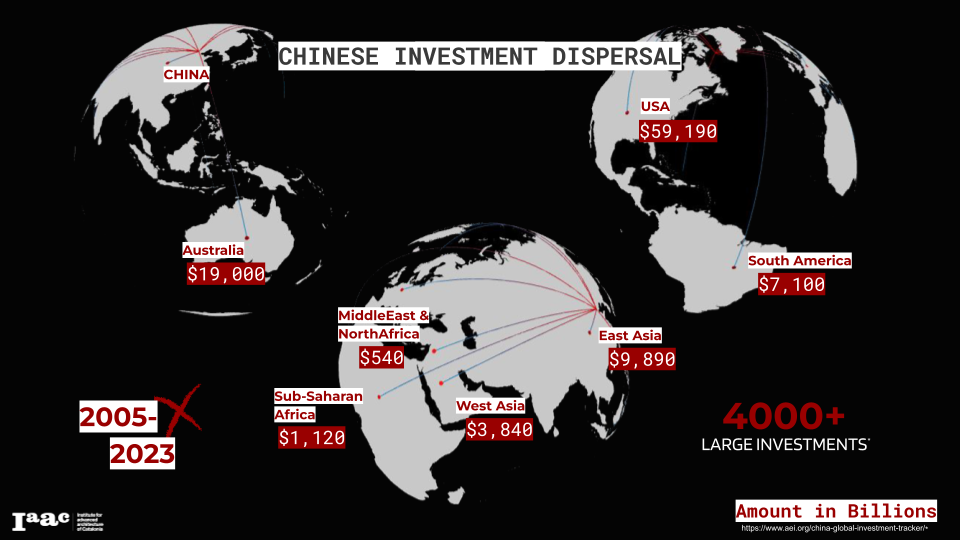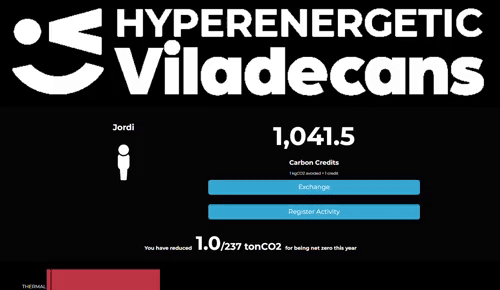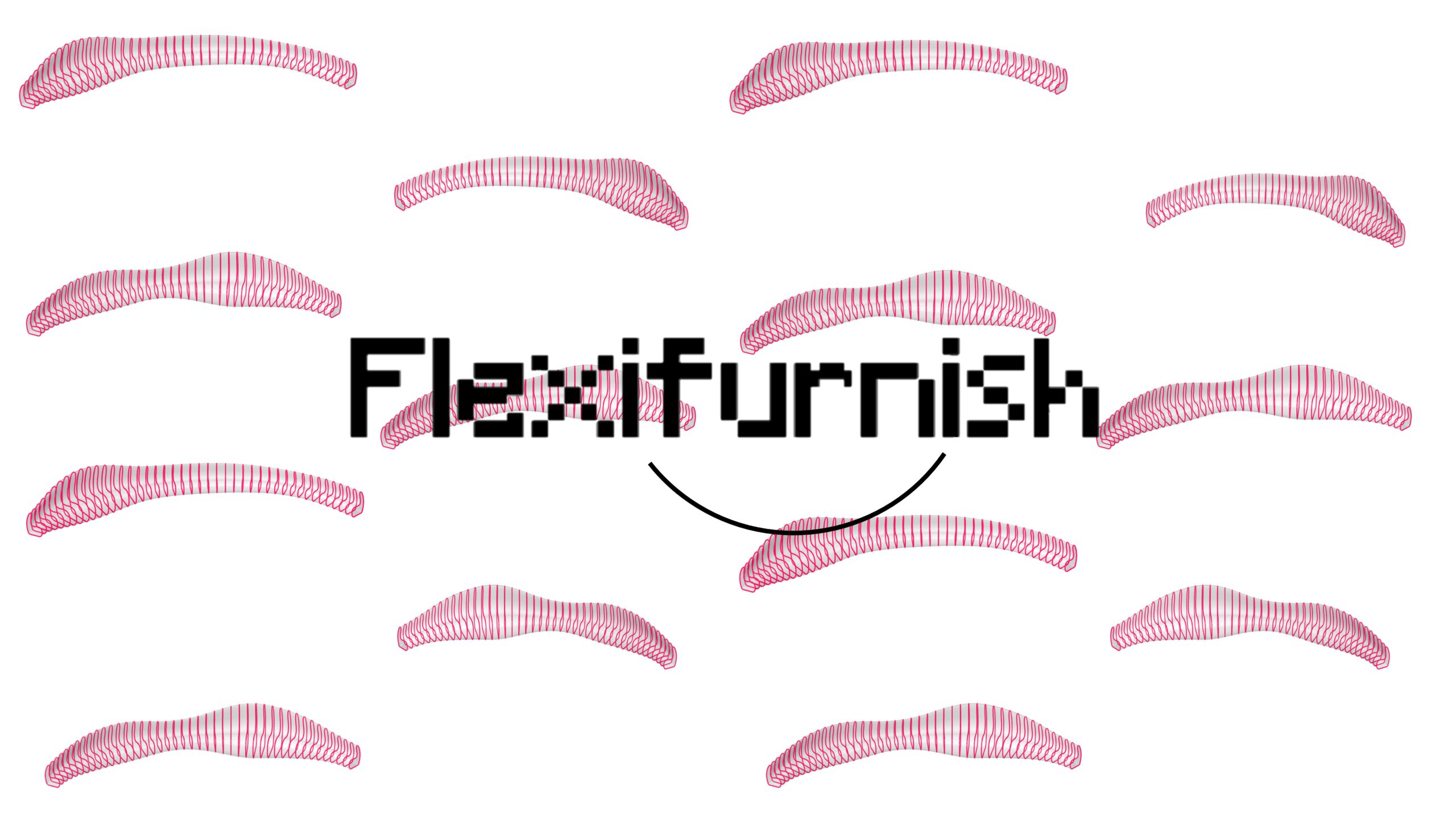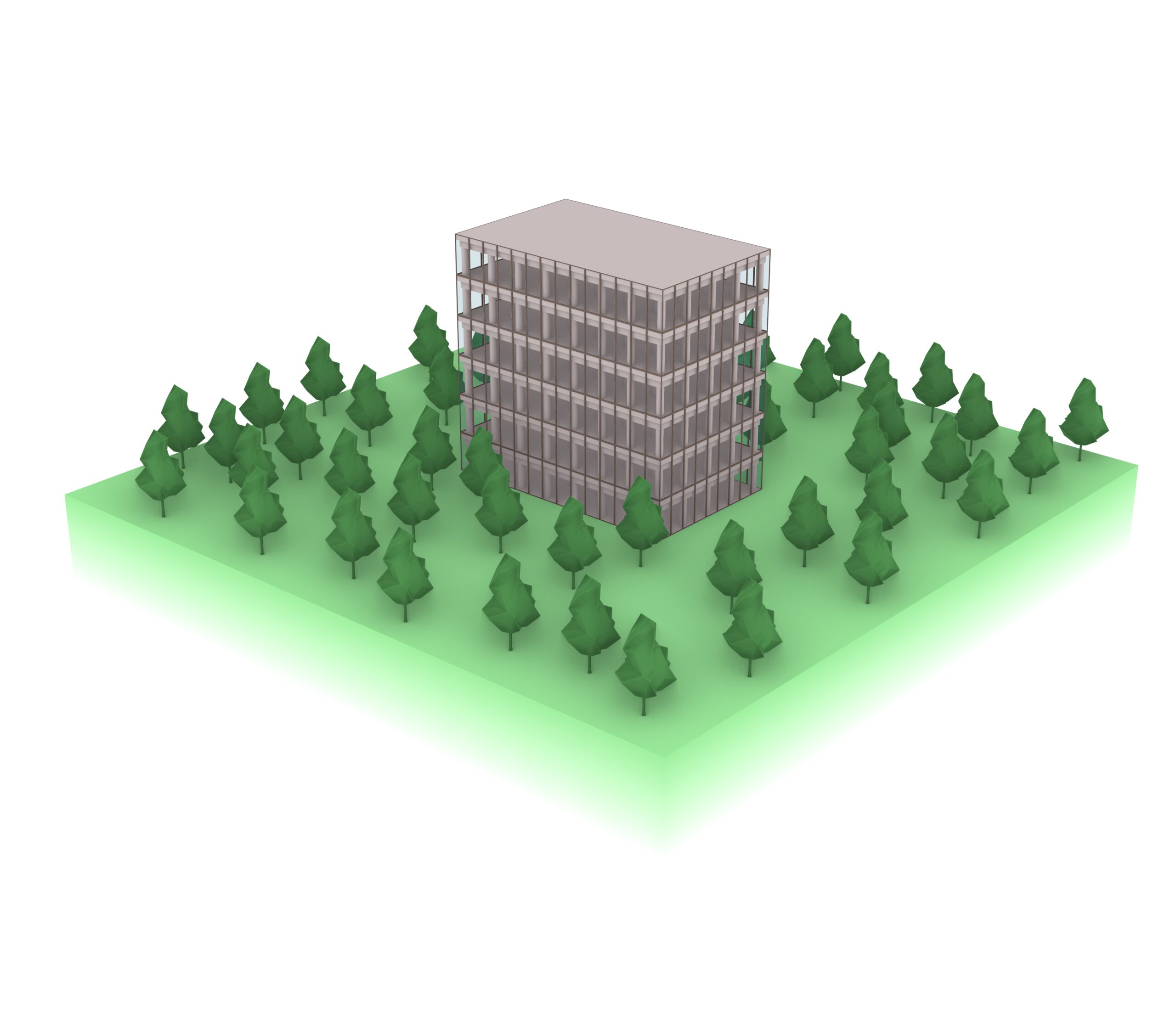Reclaiming the motorway
The motorway was the symbol of progress during the modern age. The car was the central element of the American dream, and then expanded across the globe, transforming the way we live. Over the years, it has become clear that individual conventional cars are not only good for cities: urban motorways often create physical and … Read more
Predicting Biking Station Vacancy in Barcelona
Introduction Urban transportation planning relies on data science to explain the conditions driving mobility patterns. This exploration of bicing, Barcelona’s resident bike rental program, analyzes the actors impacting discrepancies in bicing data to select machine-learning strategies able to predict biking station vacancies across Barcelona for the year 2024 with an accuracy of 0.02387. With this … Read more
Lessons learned in Neuquén
The workshop challenged us to engage with the topic of planetary urbanization through the United Nations Sustainable Development Goals 2030 agenda. We chose to work on the city of Neuquen as it represents an example of a city that is undergoing a fast transition in the context of climate change. Neuquen province has a rich … Read more
Predicting Ceramic Underglaze Colors
Our aim is to develop a machine learning model that accurately predicts the color outcome of ceramic underglazes based on their ingredient compositions and firing conditions. In the world of ceramic art, the process of underglazing involves applying colors to pottery which are then sealed under a transparent glaze before firing. However, predicting the final … Read more
Places to stay
Viladecans greeted us with an unexpected tranquility. We arrived to the city on the commuter train from Barcelona, opposing the flow of morning commuters. The station was empty. A single street, lined with abandoned plots and industrial sheds led us up the hill into the town. A few hundred metres later the scene couldn’t be … Read more
Monotony or Variety in the 15 Minute City
1. Abstract While studying about phenomenology and livability, it’s expression and its governing aspects, it is essential to recognise the true meaning of it. Phenomenology is reffered to the lived experience of objects, space and other surroundings. It is also important to understand the how, when and where of the experiences and what experiences are … Read more
Genius Loci
View some of the collected data here: Street Types and Property Information Genius Loci was inspired by the work the of Sarah Williams in her book ‘Data action – Using data for public good’. In today’s data-driven world, the use of data has become increasingly pervasive, shaping various aspects of our lives from policymaking to … Read more
Tracking Cross-Border Monetary Flows to measure Geopolitical Insecurity
Creating a streamlined pipeline to visualize and extrapolate financial data enabling a correlation with spatial geo-specific information. The World and all countries alike have been increasingly more susceptible to events and developments in the geo-political theatre. It is not surprising that the world’s top two economic and military superpowers play a pivotal role in this … Read more
Hyperenergetic Viladecans
By 2100, the global temperature is forecasted to increase from 2 to 4 degrees Celsius due the effects of Greenhouse Gases Emissions and Human Activities. The City of Viladecans has developed a Vision by 2030 which expects the city to become EMISSIONS NEUTRAL, and EMISSIONS NEGATIVE by 2050. For approaching this goal, HYPENERGETIC VILADECANS establishes … Read more
Manifesto for a New Era in Construction: Embracing AI
“In the dawn of this new era, the construction industry stands at the threshold of transformation, poised to redefine its legacy through the power of Artificial Intelligence (AI) and comprehensive data analytics.”* This manifesto aims to put forward the benefits of AI and how it can help the The construction business be improved by collecting … Read more
Flexifurnish Chronicles: A Journey of Democratizing Design
Inspiration The allure of creating twisted and turned buildings and waved settings with great ease had made me embark on the journey of learning the modeling tool of rhino and then pushing the envelope to parametrize it, so as soon the script is set up I could design multiple iterations using Grasshopper. When presented with … Read more
Wood ID
WoodID is a revolutionary project aiming to transform the utilization and reutilization of wood in the industry. Leveraging artificial intelligence (AI) technology, WoodID targets to enhance the circular model of reutilization by operating within a smaller loop, converting wood into various useful products. The WoodID process commenced with gathering industry insights from Barcelona related to … Read more
DeCARB
Introducing DeCARB: An easy-to-use tool that calculates Embodied Carbon, End-of-Life Carbon, and Total Cost for any rectangular massing geometry. Quantifying emissions from material extraction to disposal can guide architects and engineers in selecting low-carbon materials and methods early in the design process. With a focus on reducing environmental impact and aligning with green building standards, … Read more

